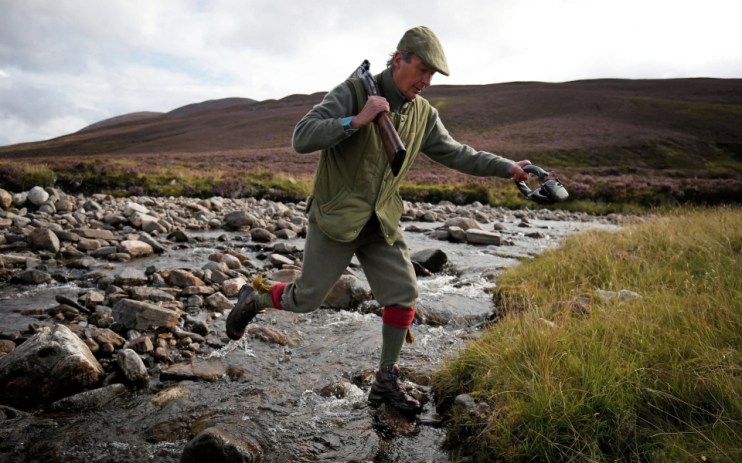The Glorious Twelfth is almost here! Make sure you have your tweed ready

This will not be for everyone. But tomorrow is 12 August, the Glorious Twelfth, which signals the beginning of the shooting season. Thousands will head to the moors to begin the annual assault on red grouse and the air will ring with the crack of shotguns, with tufts of smoke drifting across the heather.
Hunting has always been an aristocratic sport: several clauses of the Magna Carta deal with access to mediaeval England’s rich forests and heaths. But, as with so many pastimes, the Victorians oversaw its growth and popularity, with regular train services allowing access to the hunting grounds and breech-loading shotguns making the activity less labour-intensive. The 19th century also went a long way to codifying the sartorial traditions of the grouse moor, and hard-wearing tweeds are now a staple of British couture.
If you shoot, then, or have always wanted to give it a try, what do you need to wear? The customary outfits are muted brown and green-based tweeds. No self-respecting huntsman will deck themselves out in bright hues or fluorescent neons. You must at least pretend to be hiding.
There are other practical considerations. Your clothes must be tough and resilient, and even in August you must be prepared for inclement weather. But it is not all practicality. A driven shoot—where beaters force the birds up out of the heather in front of the guns—will probably require a shirt and tie. Moleskins are all right for a walked-up day but may not be quite the thing for a more formal event.
British fashion is well equipped. Cordings of Piccadilly will provide you an excellent range of tweed suits, and breeches and stockings will save you snagging trouser legs on brambles. The palette is naturally muted but a little extravagance may be permitted, with a red or orange overcheck. A stout pair of shoes or boots is essential as you are, after all, in the wilds. The House of Bruar is another good choice, while Crow and Jester will indulge your bespoke desires.
Remember to allow for comfort. We have all sacrificed ourselves for clothes that look good, but if you are on a shoot you will need to move freely, and you will require pockets for shells, earplugs and myriad impedimenta. Tweed is a marvellously practical fabric, but true devotees will also think about fleece and Gore-Tex for warmth and waterproofing. You will also need a hat: a cap is traditional and will not see you wrong, but other styles are available.
However, this is Britain, so there are more subtle codes to trip the unwary. Woe betide the enthusiast who simply opens his wallet at an appropriate clothier and considers the job done. The aristocratic roots of shooting mean that showy enthusiasm is regarded as declassé, so make sure your outfit does not look too new or too carefully co-ordinated. The lairds and ladies will be seen in comfortably battered and worn jackets and coats, as if they were simply grabbed almost without looking from the wardrobe. Do not advertise yourself as a neophyte.
Country clothes can be British tailoring at its best. Unless the Twelfth is your annual pilgrimage beyond SW3, pieces of your outfit will stand you in good stead for rural expeditions. So don’t stint: get yourself a well-cut but practical tweed jacket, a decent pair of breeks and some comfortable but robust shoes. Throw in a checked shirt and a woollen tie and you will pass muster on even the smartest shoot.
Remember the basic rules—be punctual, tip the keepers, don’t shoot low birds, and follow instructions—and you will be the ideal guest you’d hope to be at any social situation. Good luck!
